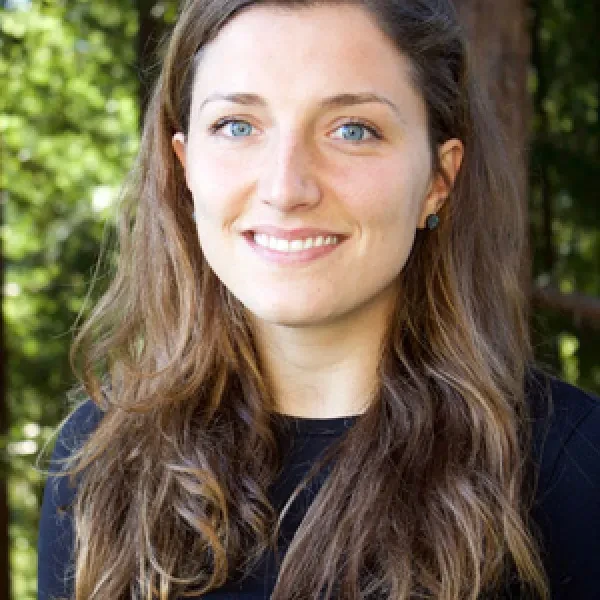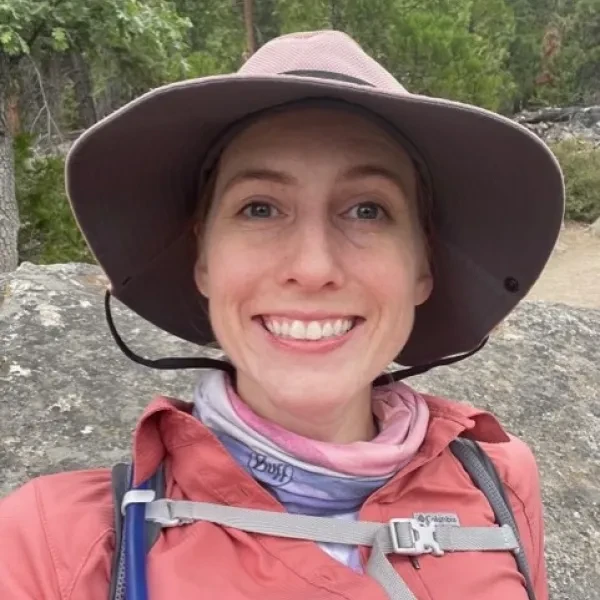The webinar was hosted by Emily Doyle, California State Parks Foundation’s Climate Resilience Manager, who laid out some of the main issues surrounding sea level rise. She explained that the global sea level has risen by almost 4 inches over the past 30 years, threatening coastlines around the world, including California. She also laid out the difference between coastal armoring and nature-based solutions, which protect coastlines from rising sea levels. Coastal armoring includes man-made structures like sea walls and piles of large rocks called rip rap. However, these structures can damage the surrounding shoreline and lead to total beach loss. On the other hand, nature-based solutions, like restoring coastal wetlands and native dune habitat, can mitigate the impacts of sea level rise while fostering more resilient ecosystems.
Rae Taylor-Burns expanded on the idea of nature-based solutions while discussing her research at UC Santa Cruz on coastal marsh restoration. Her lab uses computer models and other tools to determine how much a restored marsh would mitigate the impacts of sea level rise and what would be the economic benefit. She also discussed the San Francisco Bay Shoreline Adaptation Atlas, which contains comprehensive information on how to move forward protecting us against sea level rise.
Michelle Succow then discussed California State Parks’ Sea Level Rise Adaptation Strategy, which she helped draft in 2021. This report is a roadmap to preparing state parks for sea level rise. Since nearly a quarter of California’s coasts are owned and managed by California State Parks, this plan is a critical step to ensuring state parks’ resilience to sea level rise.
Check out the recording of the full event here to hear directly from each of our panelists.

